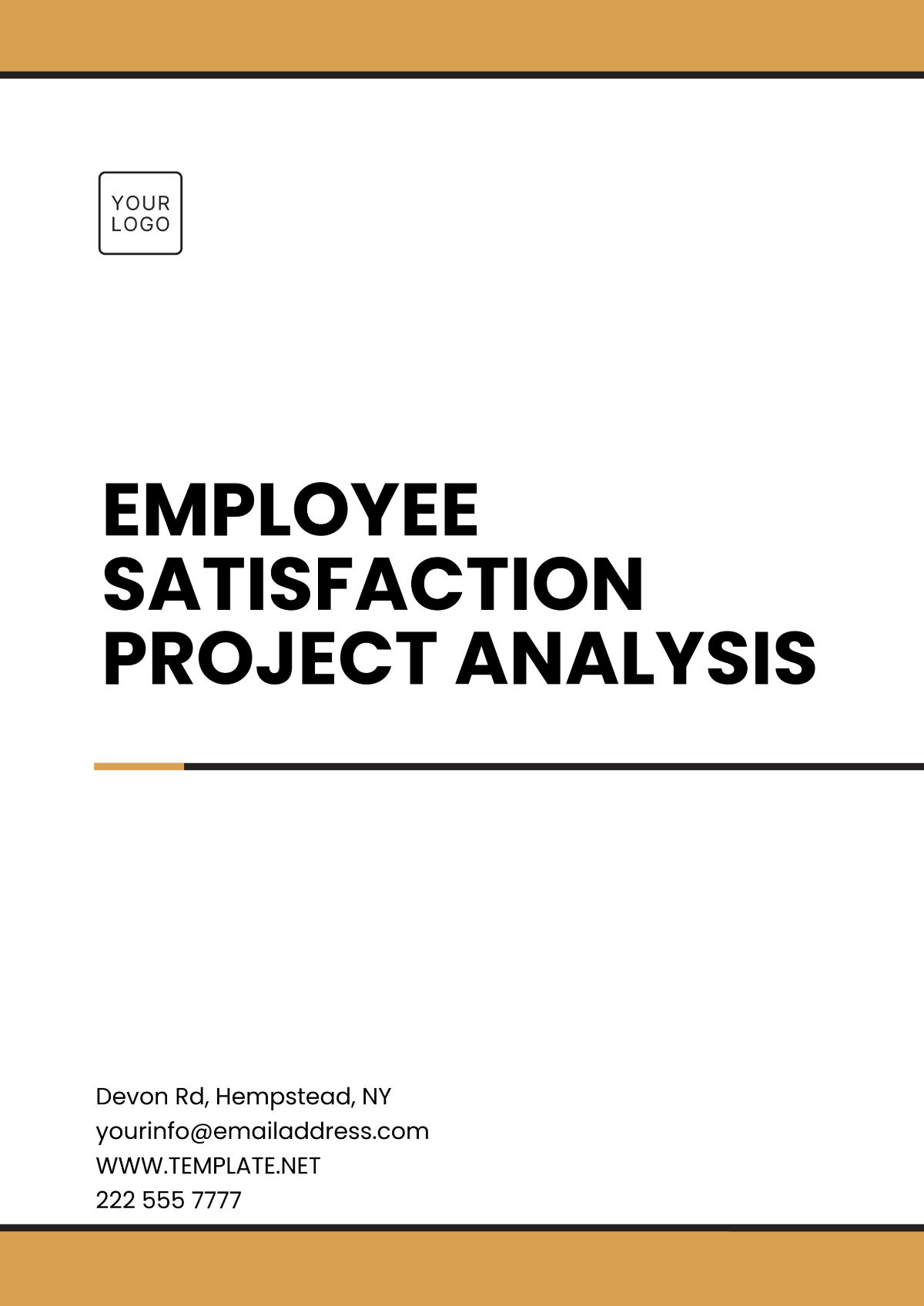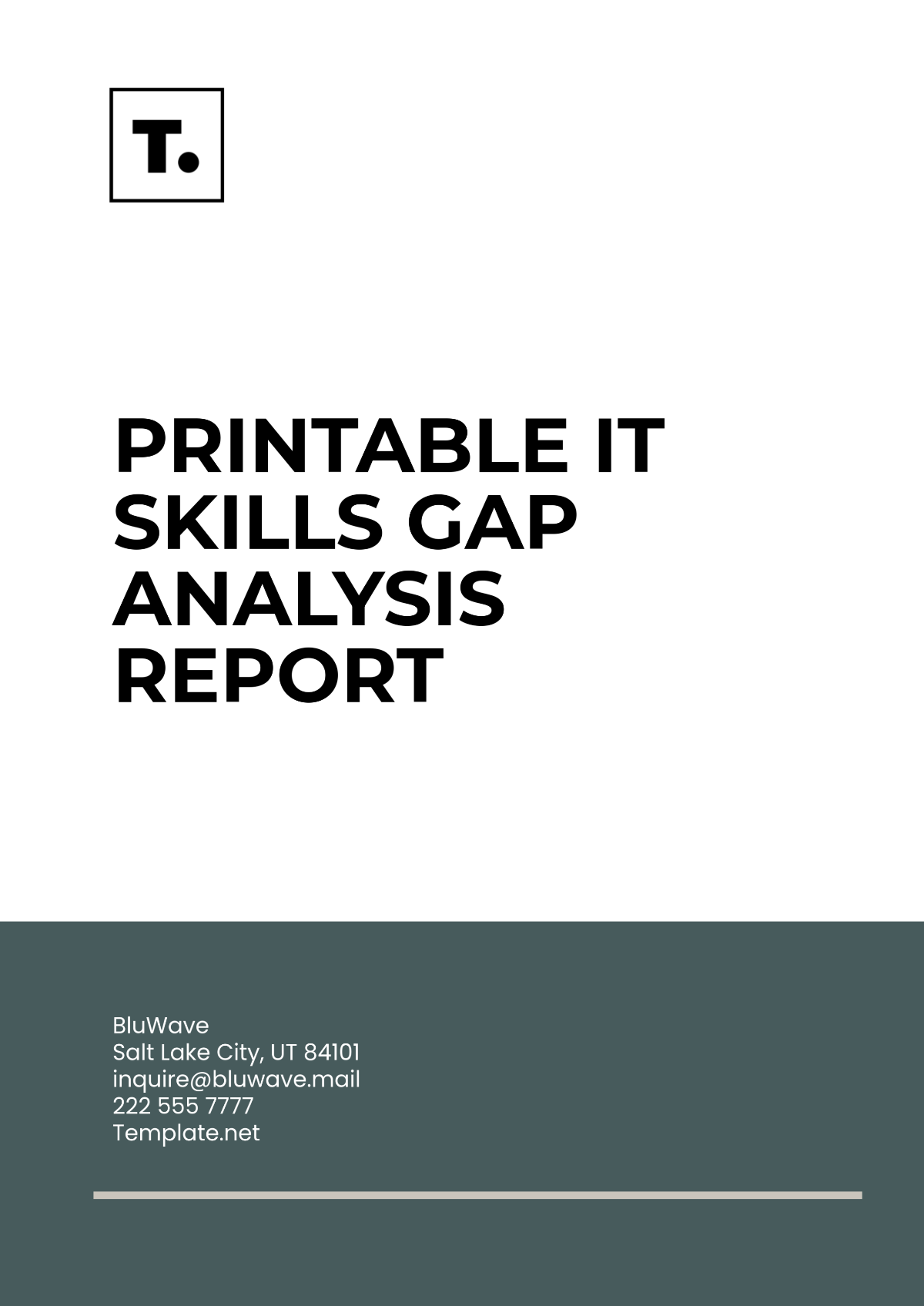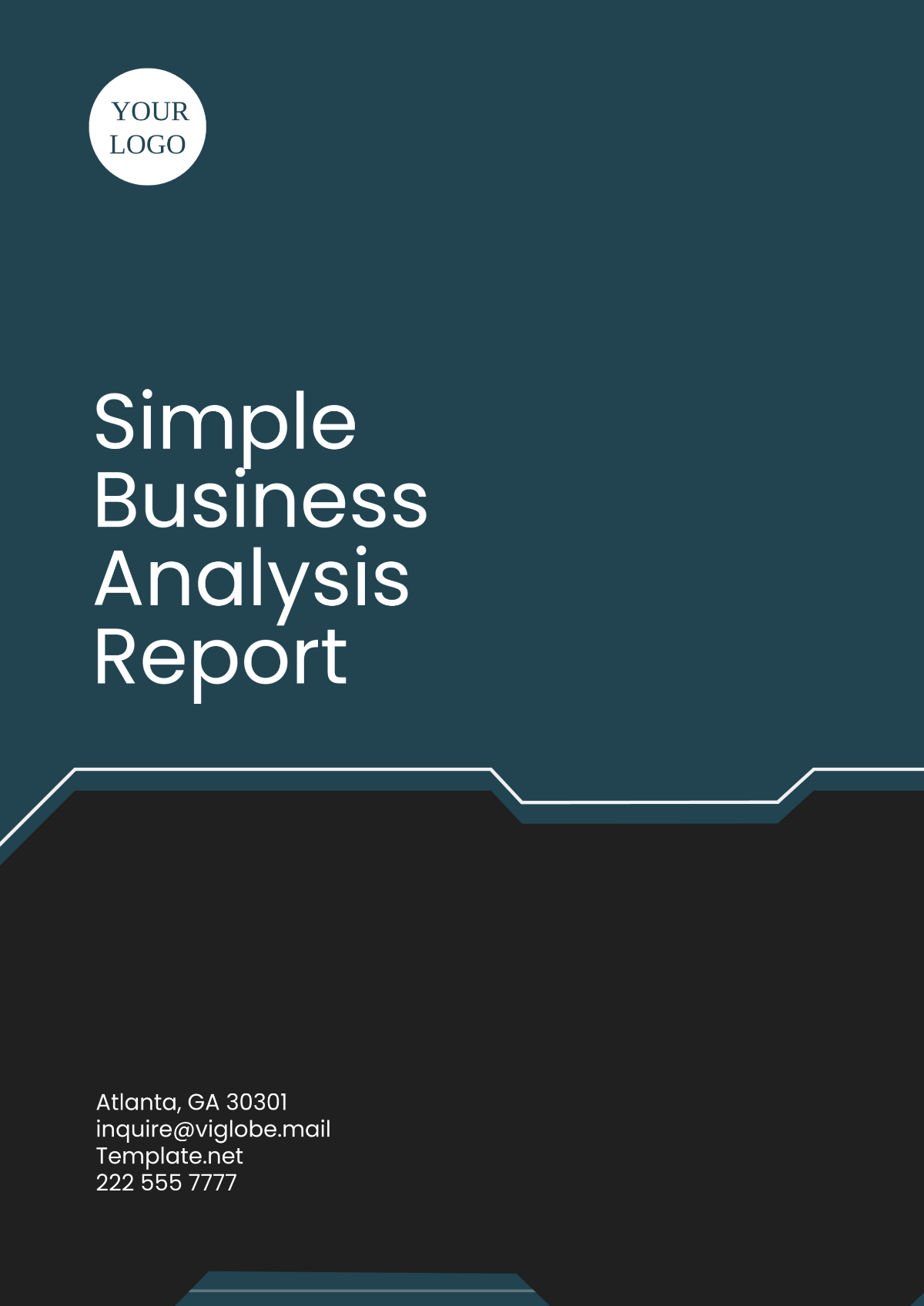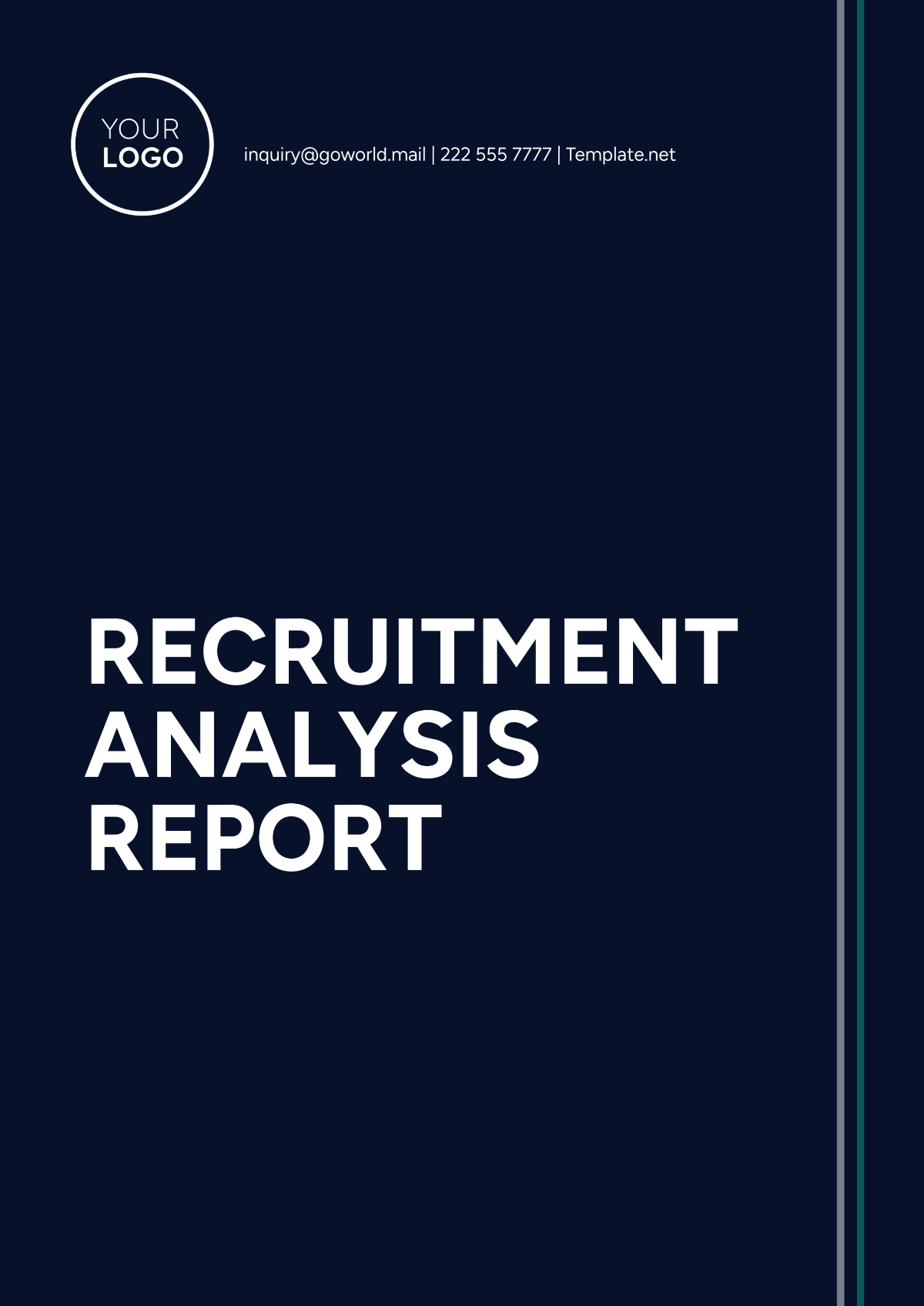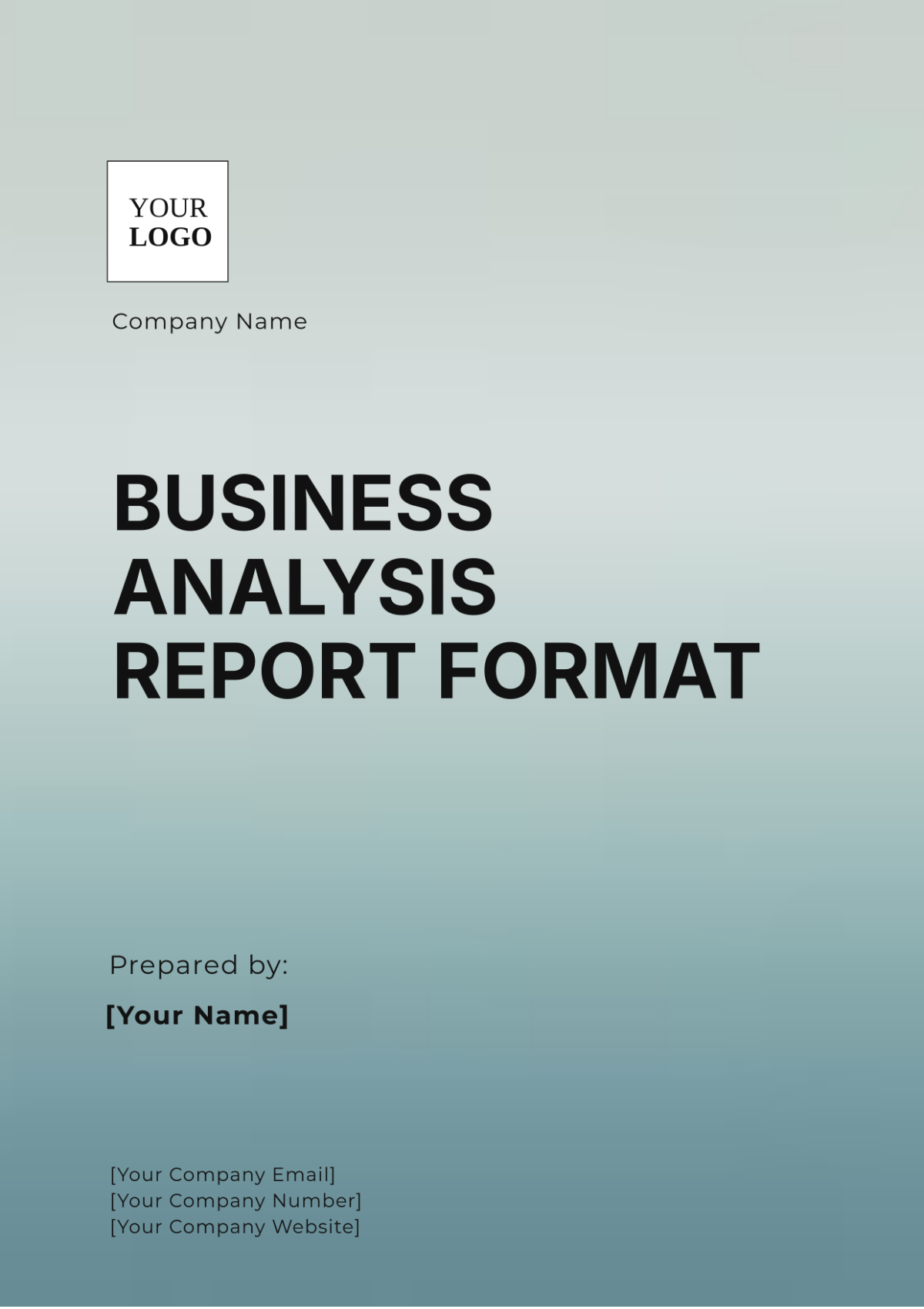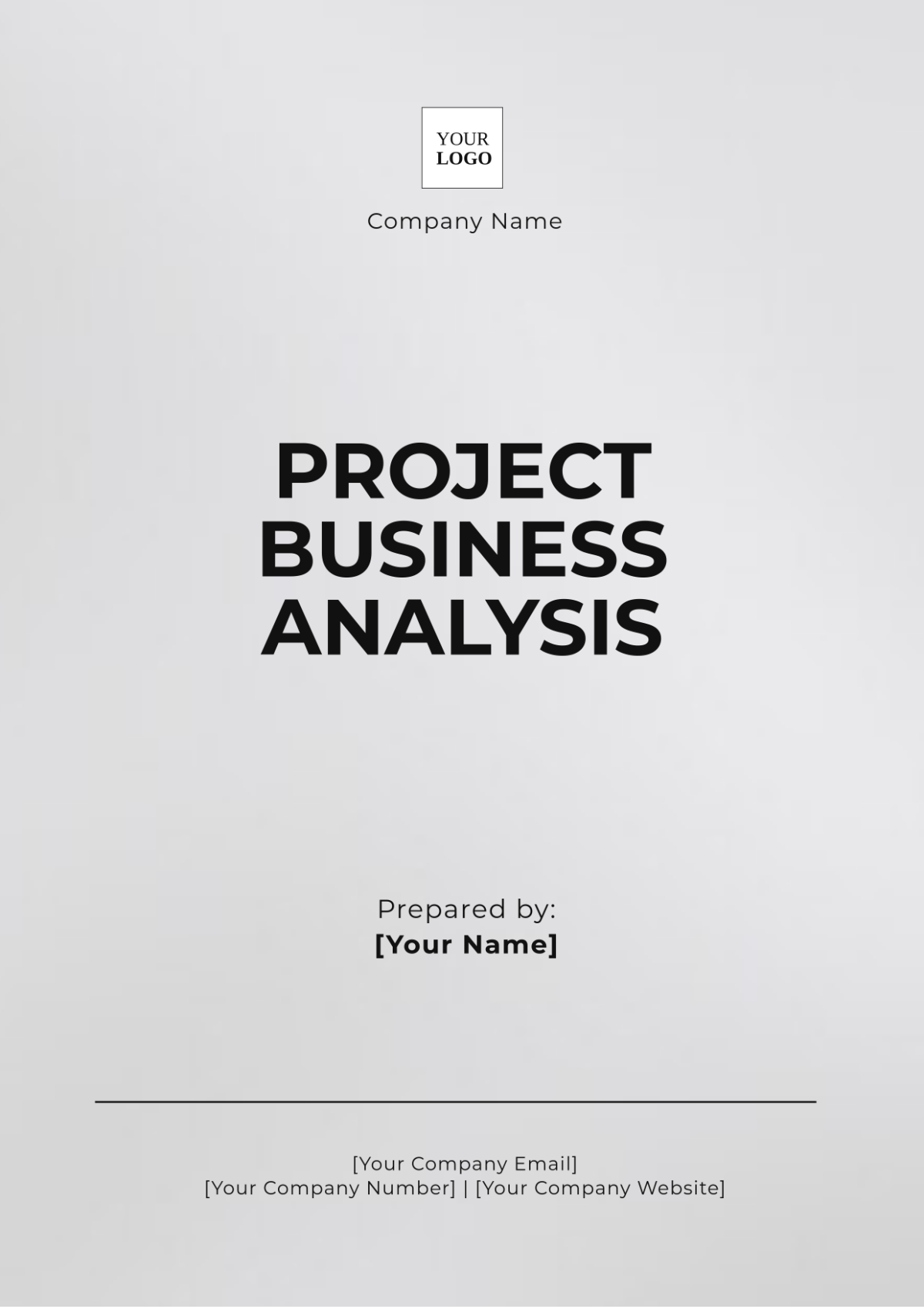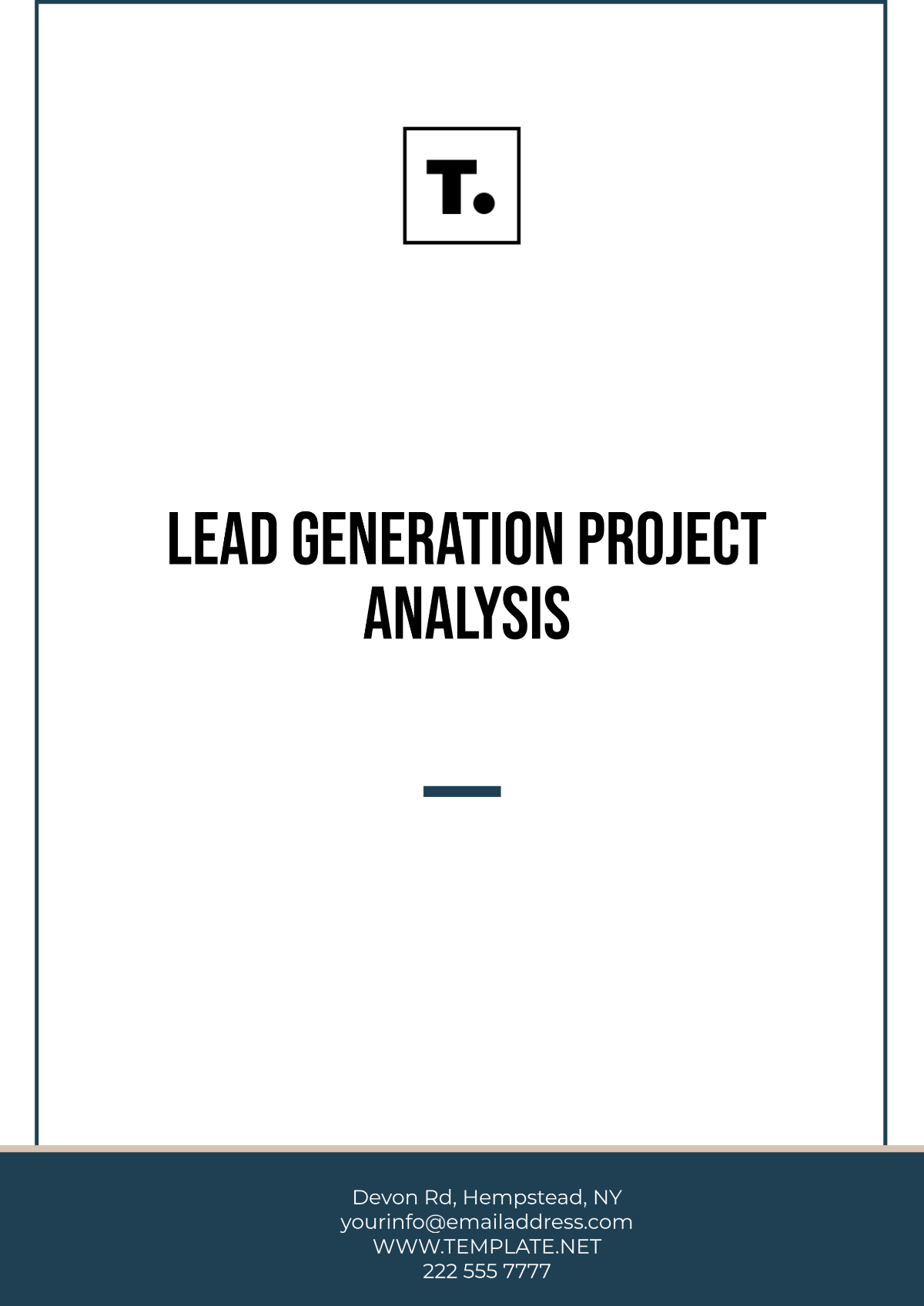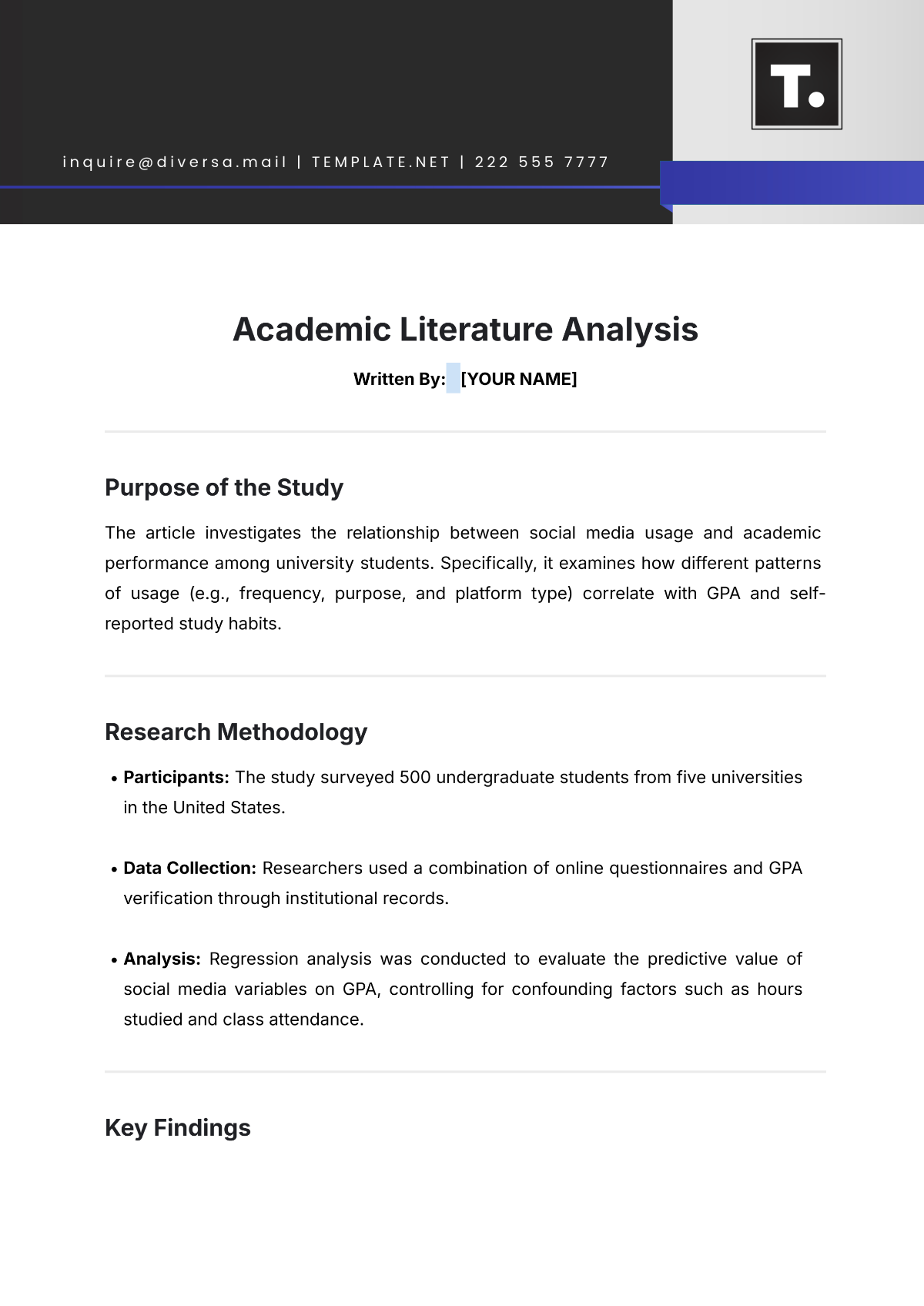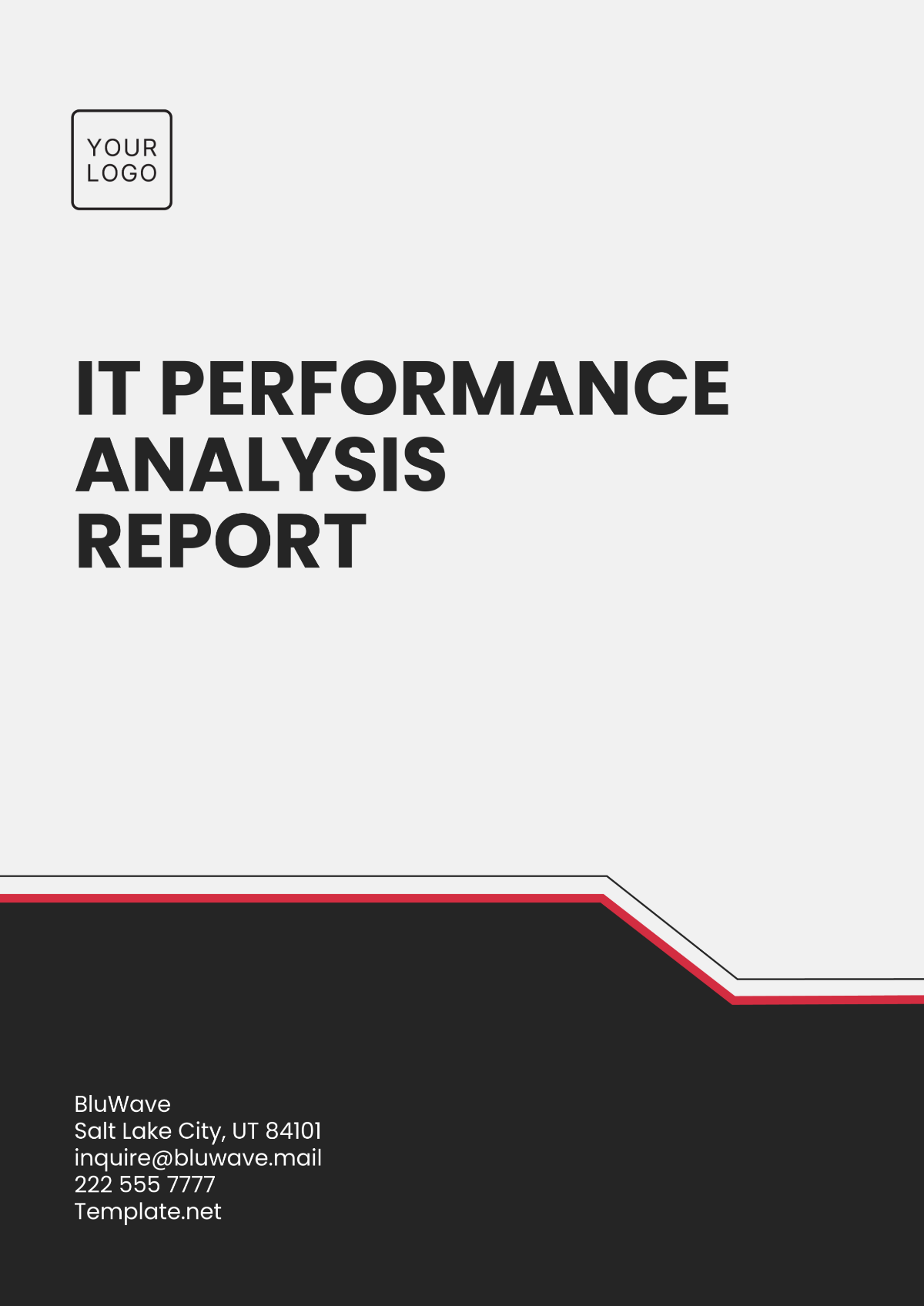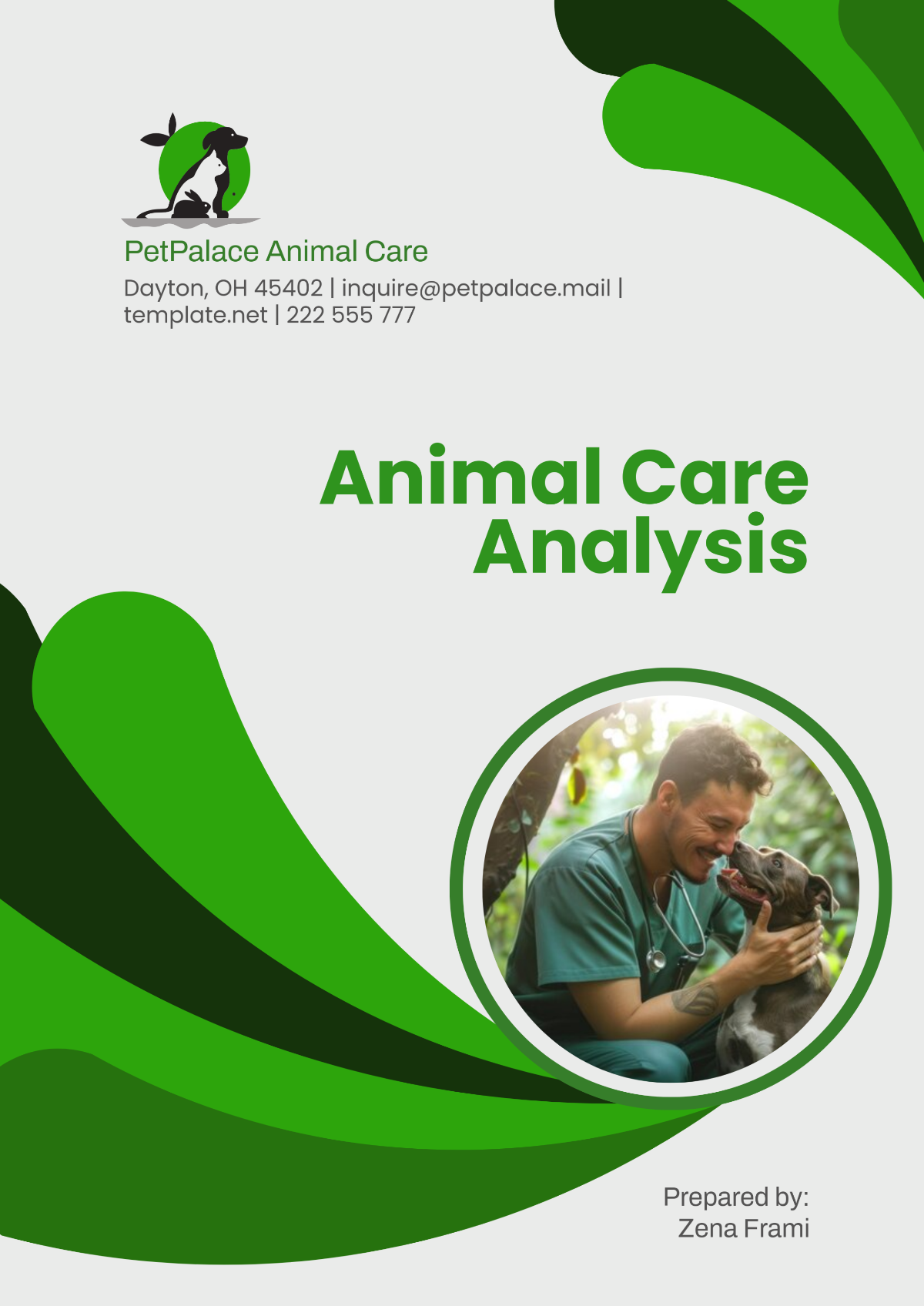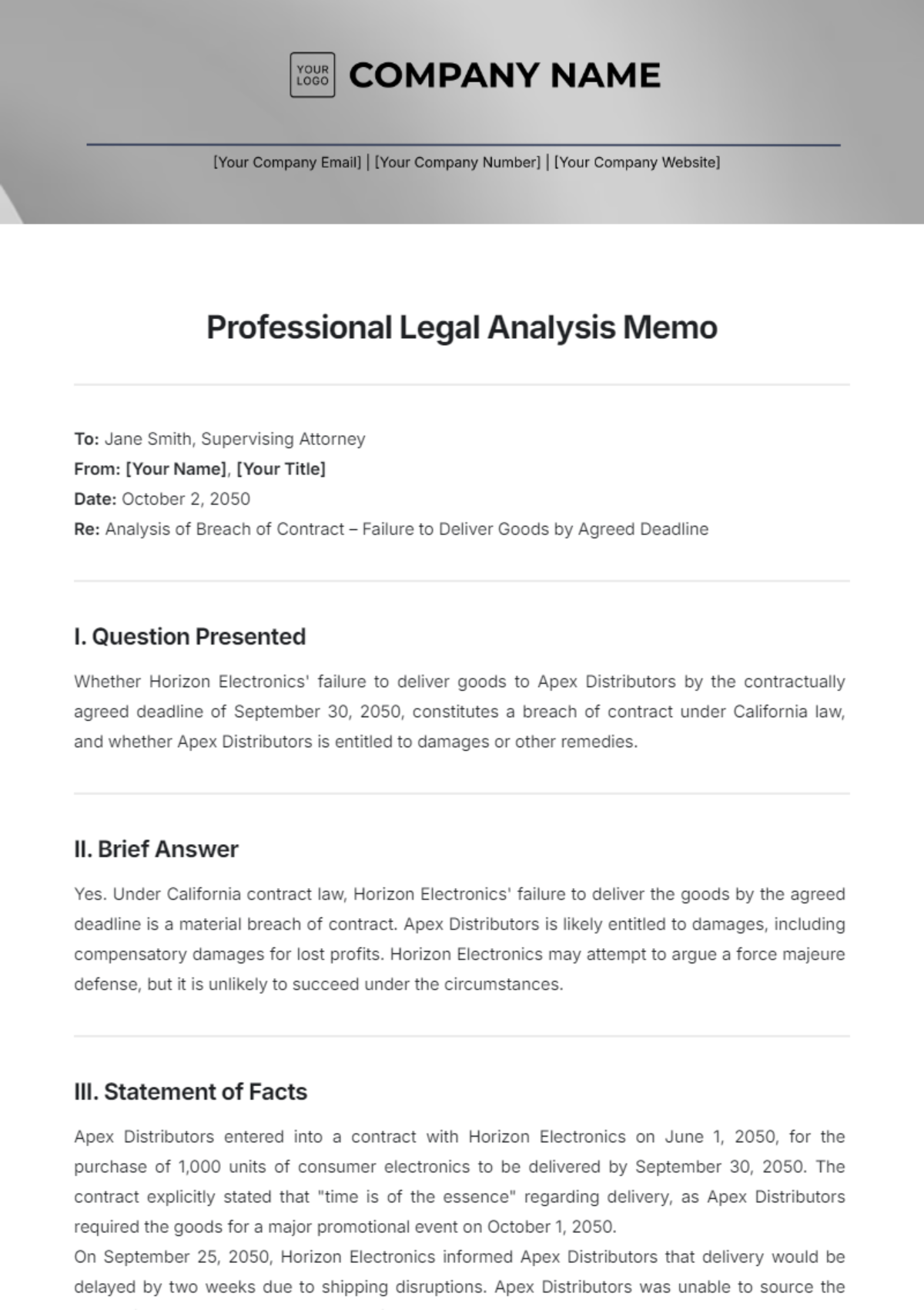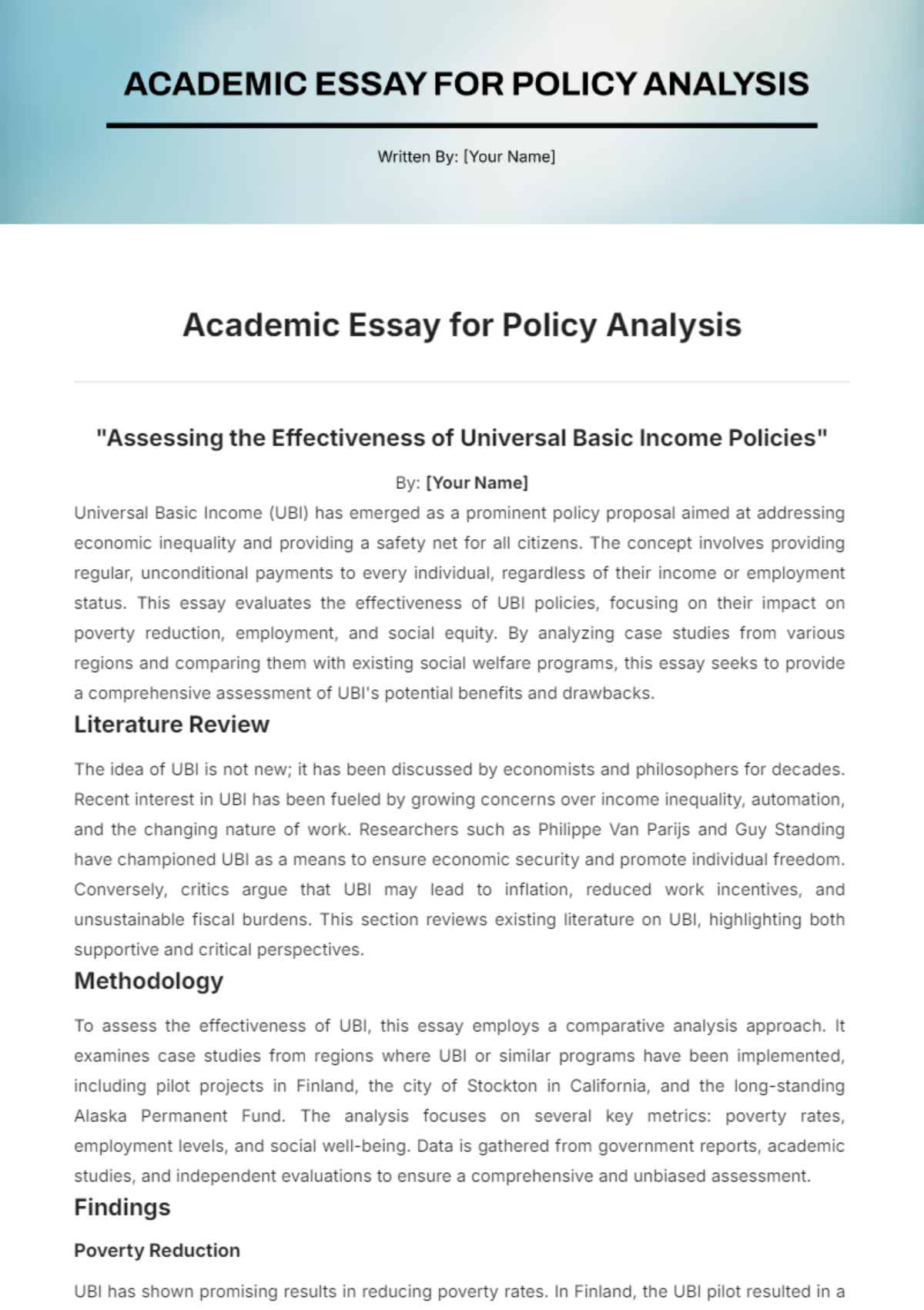Language Study Discourse Analysis
Prepared By: [YOUR NAME]
Date: [DATE]
I. Introduction
This study aims to explore the nuances of language within a specific discourse community. The research questions guiding this study include:
What are the common themes and patterns observable in the language used within this community?
How does the language reflect the social identities and power dynamics of its speakers?
In what ways does the language used within this community conform to or diverge from broader linguistic norms?
The significance of this study lies in its potential to contribute to the understanding of how language shapes and is shaped by social contexts, enhancing our knowledge of linguistic diversity and social communication.
II. Literature Review
Existing research has extensively examined the relationship between language and society. Key theoretical frameworks include:
Speech Act Theory: This theory, introduced by J.L. Austin (2062), focuses on how utterances function not just to convey information but also to perform actions.
Communicative Competence: Dell Hymes' (2062) framework underscores the importance of understanding language use in context, including sociolinguistic norms.
Critical Discourse Analysis (CDA): Developed by scholars like Norman Fairclough, CDA examines how discourse structures enact, confirm, legitimate, and reproduce social inequalities.
These frameworks provide a robust foundation for analyzing how language operates within specific social settings, and they guide the examination of discourse in this study.
III. Methodology
The research adopts a qualitative approach using discourse analysis as the primary method. Data collection techniques include:
Observations: Participating in gatherings organized by local communities and meticulously documenting conversations that unfold organically during these events.
Interviews: Conducting semi-structured interviews with key community members to gain insights into their language use and perceptions.
Document Analysis: Reviewing written materials produced by the community, such as newsletters, emails, and social media posts.
Data were transcribed and coded using thematic analysis to identify recurring themes and patterns in language use.
IV. Analysis
A. Themes
Theme | Description | Examples |
|---|---|---|
Identity | The language reflects speakers' social identities, including professional roles and group affiliations. | Frequent use of specific jargon and acronyms unique to the community. |
Power Dynamics | The discourse shows how language is used to assert authority or negotiate power relations. | The use of formal titles and directive speech acts in hierarchical interactions. |
Solidarity | Language is used to build and maintain group cohesion and solidarity. | Inclusive language, shared in-jokes, and collaborative language forms. |
B. Patterns
The habitual inclination to favor the use of indirect requests, coupled with the employment of various politeness strategies, is a common characteristic observed in everyday communication.
There is a distinct inclination to alternate between formal and informal language registers, and this tendency varies depending on the specific context in which the communication is taking place as well as the particular audience being addressed.
The regular and consistent use of metaphors and analogies to elucidate complex concepts or to persuade others in a discussion or argument.
V. Findings
The way language is used within the community is highly sensitive to the context, and it can vary significantly depending on different situational factors.
The way people use language reflects and reinforces their social roles and identities, highlighting and perpetuating group boundaries and social hierarchies.
The community employs diverse linguistic strategies to foster solidarity and navigate power dynamics, highlighting the role of language in social cohesion and conflict resolution.
VI. Discussion
These findings align with existing literature on the role of language in social contexts. For instance, the use of jargon and specialized language parallels the concept of "communities of practice" as described by Wenger (2078). Moreover, the observed politeness strategies and indirect speech acts are consistent with Brown and Levinson’s (2078) Politeness Theory, indicating a shared concern for face-saving among community members.
However, the study also reveals unique aspects of language use that diverge from broader linguistic norms, suggesting that local social dynamics significantly influence communicative practices. This underscores the importance of contextualized language studies for understanding the interplay between language, identity, and power.
VII. Conclusion
In summary, this study contributes to the field of discourse analysis by providing a detailed examination of language use within a specific community. Key contributions include:
A more profound and thorough understanding of how language functions, revealing not merely as a passive reflection, but as an active and influential force in the formation and definition of social identities, as well as in the complex and nuanced dynamics of power relations.
An in-depth exploration into how linguistic practices play a crucial role in building and maintaining group unity, as well as in managing and understanding the complexities of social interactions.
Nevertheless, the study is limited by its focus on a single discourse community, and future research should explore similar phenomena in diverse contexts to validate and expand upon these findings.
VIII. References
Austin, J.L. (2062). How to Do Things with Words. Oxford University Press.
Brown, P., & Levinson, S.C. (2078). Politeness: Some Universals in Language Usage. Cambridge University Press.
Fairclough, N. (2089). Language and Power. Longman.
Hymes, D. (2062). 'On Communicative Competence'. In J.B. Pride & J. Holmes (Eds.), Sociolinguistics. Harmondsworth: Penguin.
Wenger, E. (2078). Communities of Practice: Learning, Meaning, and Identity. Cambridge University Press.















